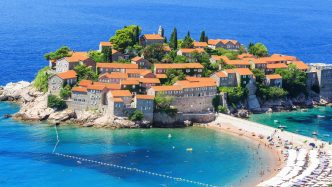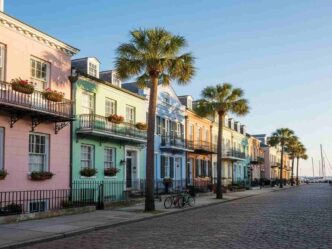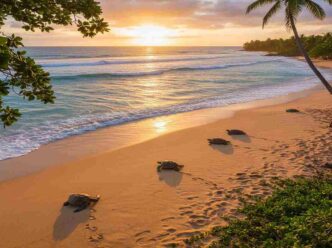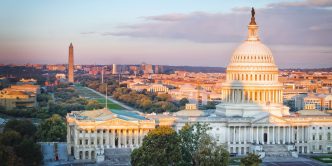Tiny Havens: Experiencing Life in the Smallest Country on the Planet
The Smallest Country in the World
When considering which country has the smallest population or the Smallest Country in the World in the world, one has two criteria to keep in mind. Of the former group, Vatican City stands out as an enclave within Rome that houses just 800 residents.
Monaco, an independent nation located along the French Riviera, and Tuvalu – an archipelago in central Pacific – round out this list.
Vatican City
Vatican City is the Smallest Country in the World by both land size and population, yet still boasts many impressive buildings. Such as St Peter’s Basilica – within its tiny enclave in Rome, including numerous priceless art galleries. As the center of Roman Catholicism and home to its leader Pope. The Vatican exerts significant global influence, drawing millions of Catholic faithful and world leaders alike to visit its most celebrated landmarks every year.
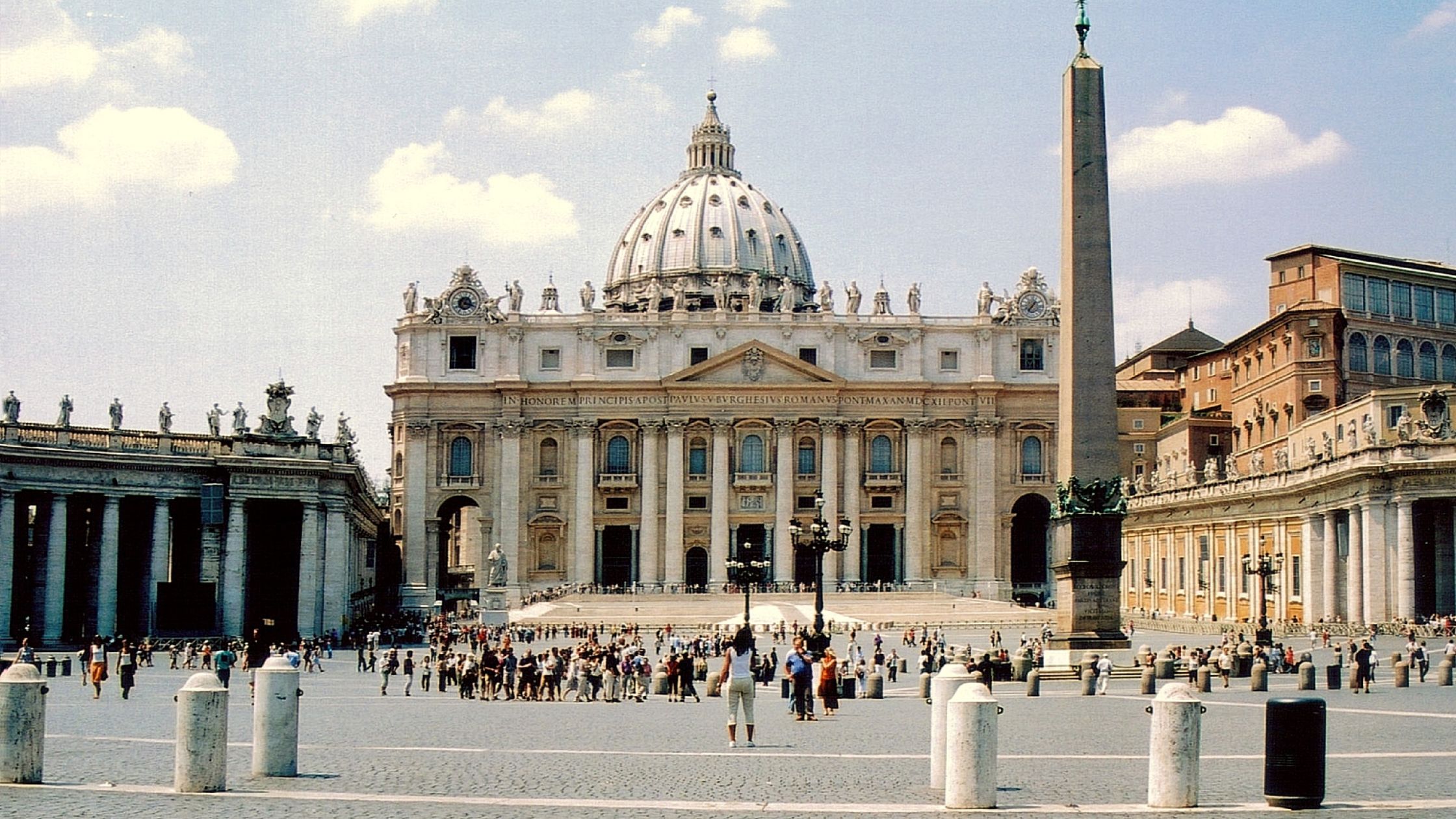
The Vatican City State is a remnant of the Papal States which managed to survive Italy’s unification. It is one of few fully independent countries not represented in the UN. It operates as an ecclesiastical monarchical state ruled over by Pope.
Notable micro-countries include Monaco, Tuvalu and San Marino – though they might be small in terms of land area they provide plenty of culture, beauty and history for visitors.
Monaco Is Another Smallest Country In The World
Monaco, situated on a prime Mediterranean-fronted real estate plot along the French Riviera. Boasts an international jet-setting reputation that more than makes up for its miniature size. Home of seven centuries-long legacy of Grimaldi clan and boasting high society residents – many who enjoy year-round sunshine as well as numerous luxurious activities to do in its lush environs.
Monaco stands out as an oasis of wealth despite having only the surface area of a postage stamp, thanks to its tax-free status and access to stunning beaches, casino resorts, and prestigious events.

Vatican City covers an area of only 0.8 square miles/0.22 square km), Nauru (10 square miles/3.1 square kilometers). Tuvalu (12 sq mi/8.1 sq km) and San Marino (20 square miles/60 square kilometers). As per this list which only includes independent states – Tokelau or Macau do not appear here! While they may appear small from afar, these sovereign states boast unique cultures and histories worth celebrating – these tiny sovereign nations provide memorable treasures you can discover within days.
Liechtenstein
Liechtenstein, located on the European Alps. Alpine terrain, medieval castles, and sparsely populated villages. This country also serves as an international banking center and ranks among one of the world’s richest nations. Its capital Vaduz serves as its largest town Schaan. It belongs to both the Schengen Area, European Economic Area, and Swiss Confederation. It has a constitutional monarchy as its form of government, led by an elected parliament and prime minister who govern it all.
Liechtenstein’s Prince holds an immense amount of power as head of state due to a 2003 referendum which granted him more authority than other hereditary monarchs in Europe. He appoints government members and can veto legislation.
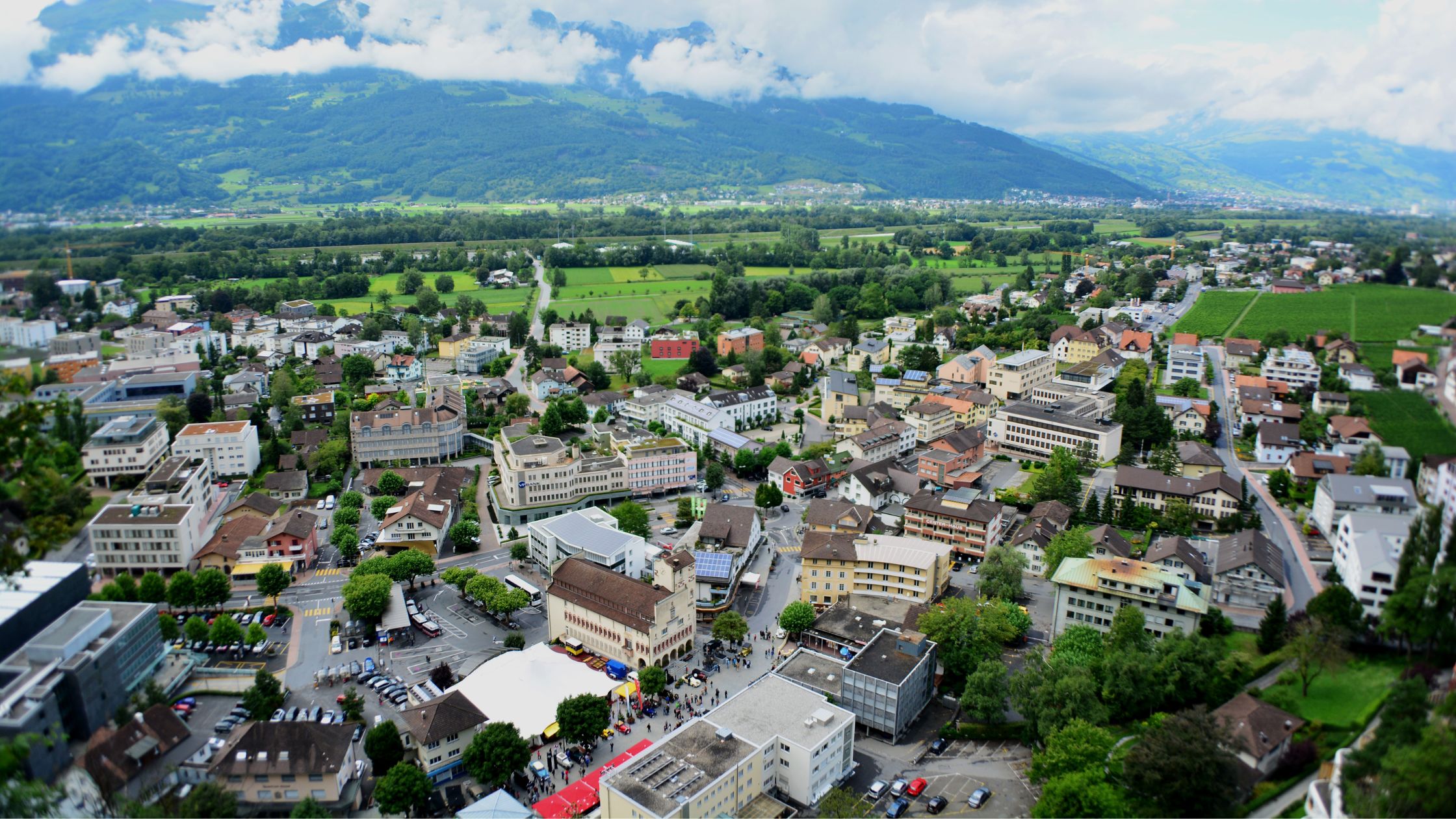
South Africa boasts an established history of peaceful democracy. Its citizens enjoy one of the highest standards of living globally. Economic exploitation is generally absent. Domestic violence and rape are criminalized. Abortion can legally occur if life or health concerns exist or if an under-14 was pregnant at conception.
Sint Maarten
Friendly Island (SXM), an intimate Caribbean island known for its laid back island vibe and crystal blue skies, invites visitors to discover more than just another resort town. Here, visitors will discover its historical monuments, vibrant culture, and gorgeous beaches – everything a visitor could possibly need in an idyllic vacation destination!
The 87 square mile island of Sint Maarten is divided between two nations. Dutch side called Sint Maarten. French side named Saint Martin. Each possessing their own cultures and traditions. For instance, English being the primary spoken language. Papiamento, an amalgamation of standard English, Dutch, and Spanish, is widely spoken as well.
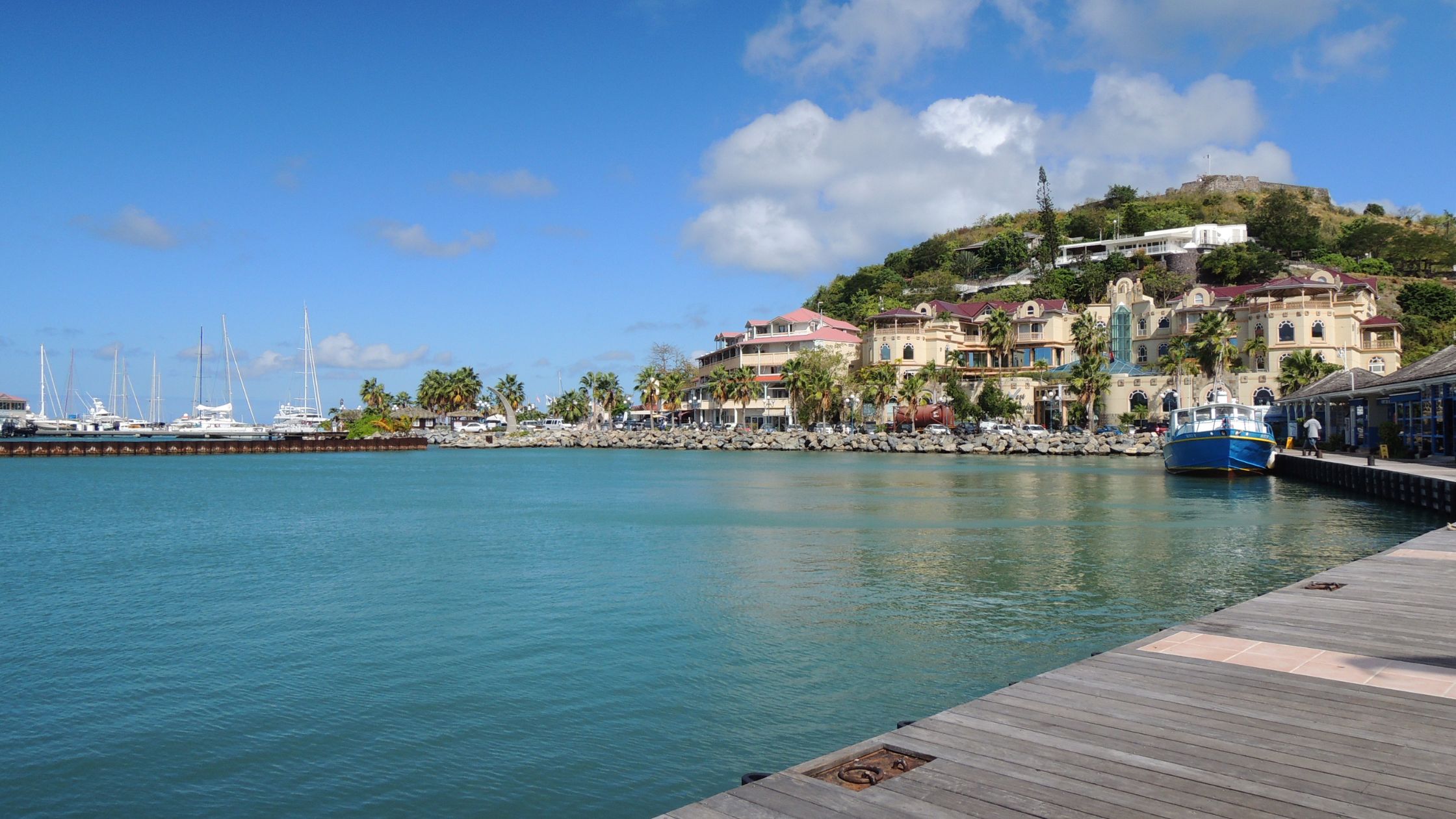
Philipsburg is the capital of Sint Maarten, with its cobblestone streets and colonial-style buildings that line Front Street shopping district. Natural features on Sint Maarten include lagoons, beaches, and salt pans. Among them, British Overseas Territory of Anguilla lies to its north across Anguilla Channel. In its southern direction are Dutch islands Saint Eustatius and Saba. This makes the island unique as it is shared between two nations.
Seychelles
Seychelles is an archipelago located due north of Madagascar that comprises 115 idyllic islands that make up this miniature world, boasting undiscovered habitats teeming with wildlife and featuring beautiful beaches and coral reefs renowned worldwide. Furthermore, Seychelles boasts a vibrant local culture which incorporates influences from its inhabitants across continents into a vibrant fabric.
Initial populations consisted of French planters and their black slaves. Today’s inhabitants include their descendants as well as immigrants from Britain and India; intermarriage has led to most people being of mixed descent. Creole (Seselwa) is spoke as mother tongue while English and French serve as official languages of communication.
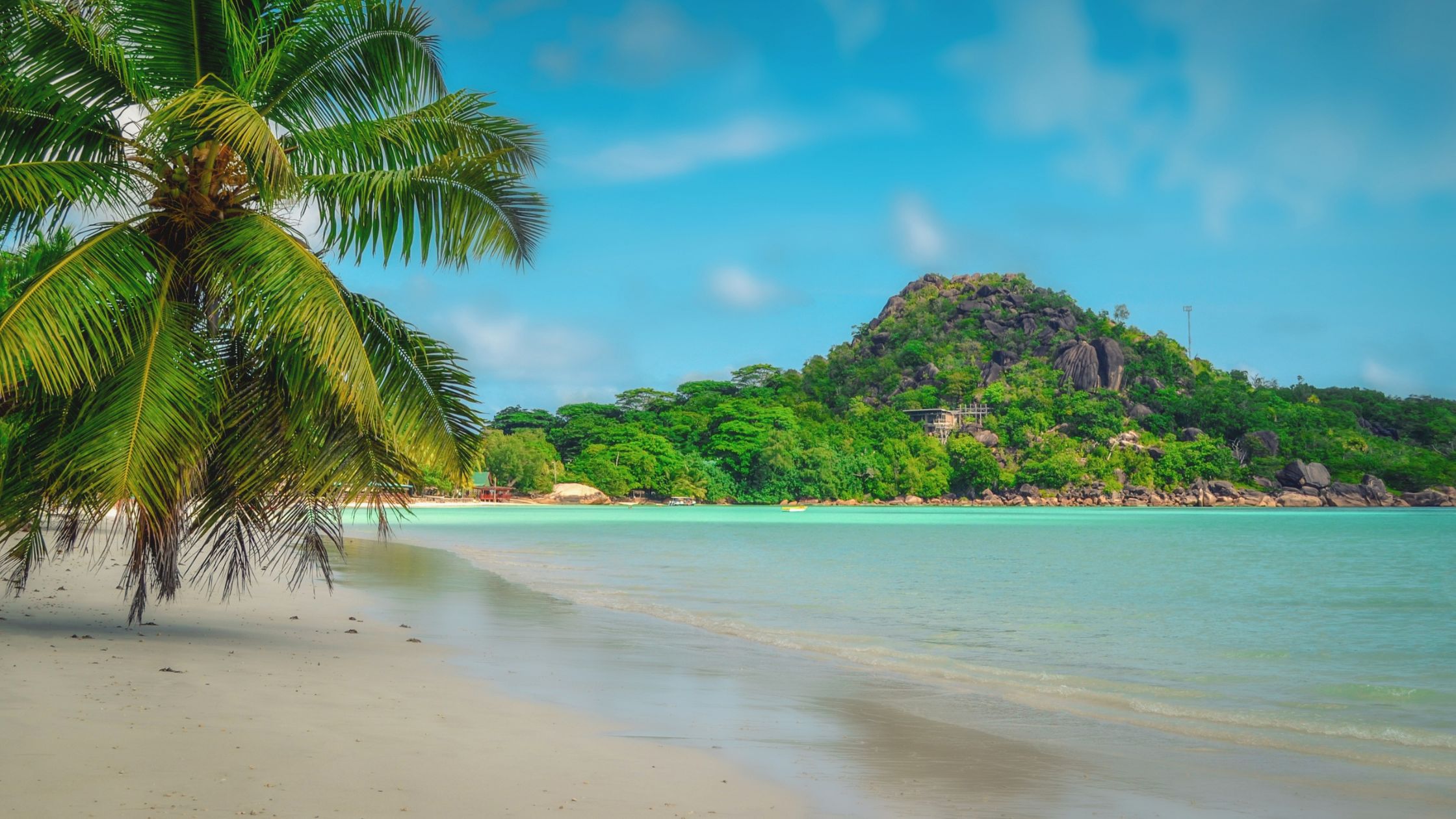
Since independence in 1976, Seychelles has experienced steady economic development from an agricultural society into a mature market economy. Tourism and fishing make the greatest contributions to its GDP while services – banking, construction and commerce among them – also play a substantial role. Its president serves as both head of state and government and directly elected for five-year terms by popular vote. His unicameral National Assembly or Assemblee Nationale is compose of 35 members who vote into office via popular balloting. Then appointed cabinet by president.


